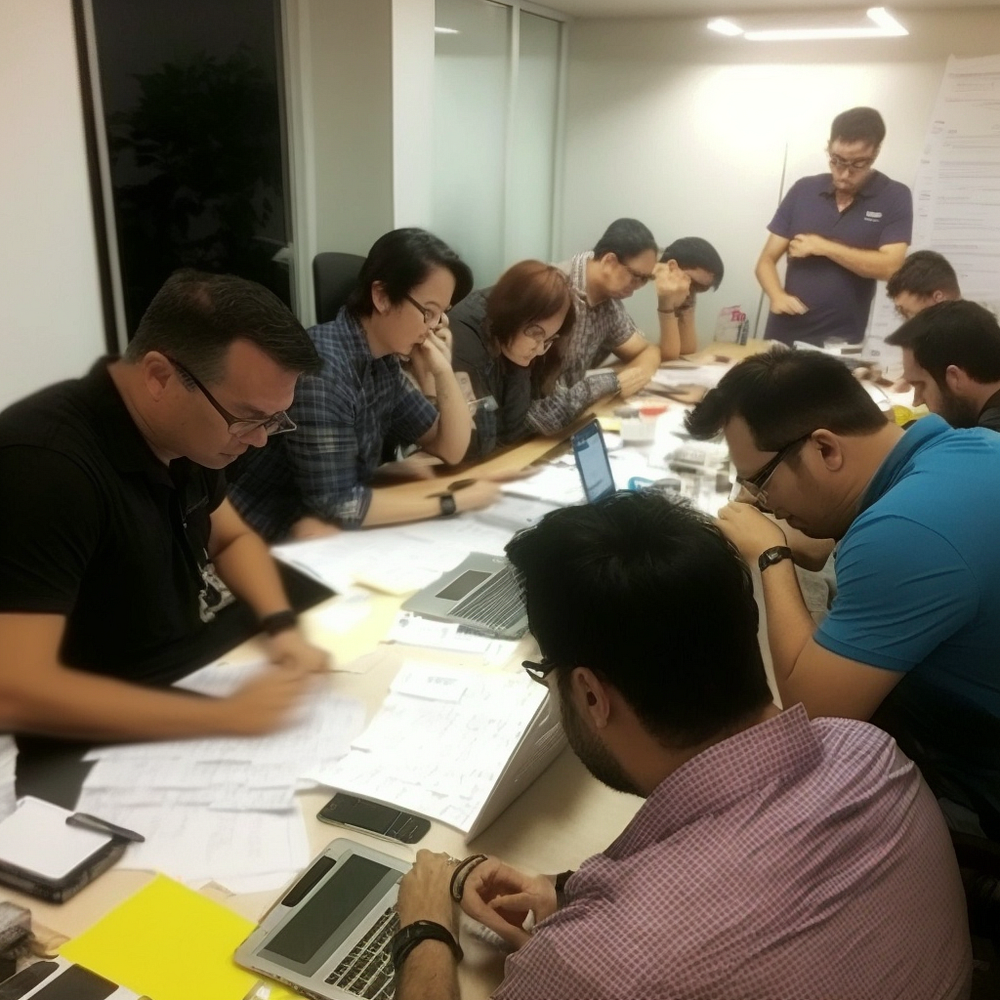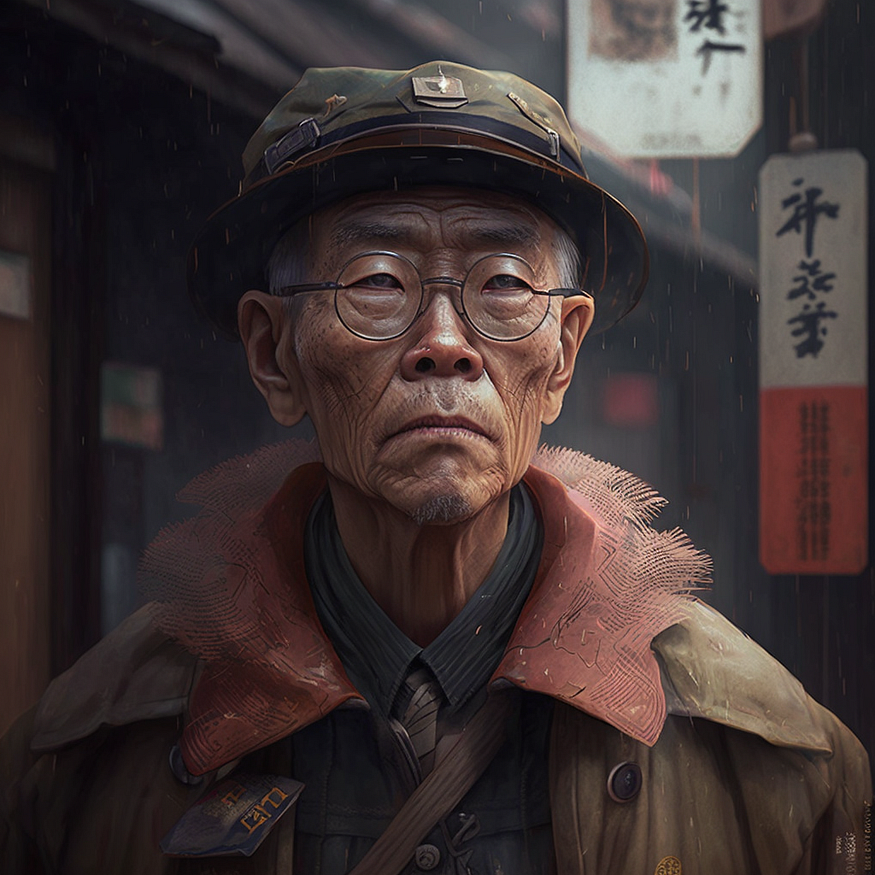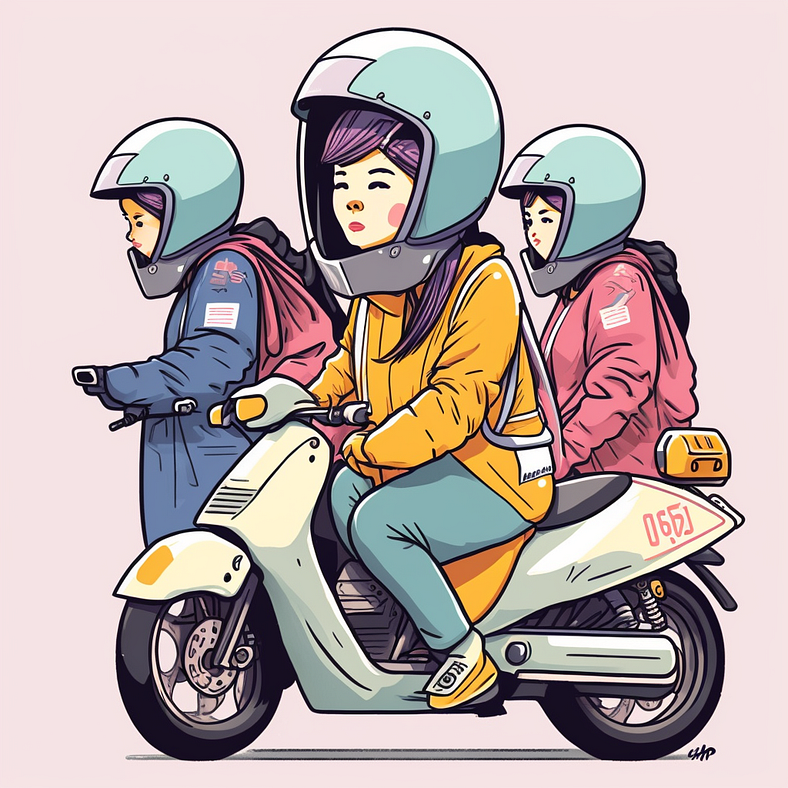Singapore is a city-state that has transformed rapidly over the years. Despite the changes, some places have stood the test of time, retaining their old-school charm and character. However, in some areas, leaving behind only mend stories. In this artic behind, we will take a trip down memory lane and explore ten disappearing places in Singapore that were once popular.
The National Theatre

The National Theatre was a landmark building located in the heart of Singapore's civic district. The theatre was opened in 1963 and hosted many cultural events and performances, including plays, concerts, and dance shows. However, the building was demolished in 1986 to make way for the construction of the Supreme Court. Today, the Supreme Court has been transformed into a museum, but the memory of the National Theatre lives on.
Van Kleef Aquarium

Van Kleef Aquarium was located in the Botanic Gardens and was one of the most popular attractions in Singapore during the 1950s and 1960s. It was known for its collection of exotic marine life, including sharks, stingrays, and turtles. Unfortunately, the aquarium closed in the 1980s due to a lack of funding. Today, the space where the aquarium once stood has been transformed into a visitor centre for the Botanic Gardens.
Haw Par Villa
Haw Par Villa was a theme park located in the west of Singapore. It was known for its elaborate displays of Chinese mythology and folklore, including sculptures of gods and goddesses and scenes from famous Chinese legends. The park closed down in 2018 due to declining visitor numbers. However, the government has since taken over the park's management, and it has recently reopened with new features and attractions.
Tang Dynasty City

Tang Dynasty City was a theme park that recreated the Tang Dynasty period in China. It was located in Jurong and featured replicas of ancient Chinese buildings, streets, and marketplaces. The park closed down in 1999 due to financial difficulties. Today, the land where the park once stood has been redeveloped into a residential area.
Big Splash

Big Splash was a popular water park and entertainment complex located in East Coast Park. It was known for its water slides, wave pool, and numerous restaurants and shops. However, the complex closed in 2016 for a new development. The site has been transformed into a commercial and residential development called the Grandeur Park Residences.
Gay World Amusement Park

Gay World Amusement Park was one of Singapore's most popular amusement parks during the 1950s and 1960s. It was located in Geylang and featured a roller coaster, Ferris wheel, and various other rides and attractions. The park closed down in the 2000s due to declining visitor numbers. Today, the land where the park once stood has been redeveloped into a residential area.
National Stadium

The National Stadium was a multi-purpose stadium located in Kallang. It opened in 1973 and hosted numerous sporting events and concerts, including the Southeast Asian Games and the National Day Parade. The stadium was demolished in 2010 to make way for the construction of the Singapore Sports Hub. Today, the Singapore Sports Hub is a state-of-the-art sports and entertainment complex with a stadium, arena, and water sports centre.
Great World Amusement Park

Great World Amusement Park was one of Singapore's earliest and most famous amusement parks. It was located in the River Valley area and featured a roller coaster, haunted house, and other attractions. The park closed in 1978 due to decreased visitor numbers and rising land costs. Today, the site has been redeveloped into a Great World City shopping mall.
Jurong Bird Park's Waterfall Aviary

The Jurong Bird Park's Waterfall Aviary was one of the largest aviaries in the world, spanning over 2 hectares. It was known for its stunning waterfall and diverse bird species, including macaws, toucans, and flamingos. However, the aviary was closed down in 2019 to make way for a new bird park attraction. The new attraction, called Bird's Eye View, features a 360-degree bird's eye view of the park and its inhabitants.
Satay Club

Satay Club was a famous outdoor food court in the city's heart. It was known for its delicious satay, a marinated meat skewered and grilled over a charcoal fire. The food court was a favourite among locals and tourists alike. However, the food court closed in the 1990s due to the area's redevelopment. Today, the spirit of the Satay Club lives on at various hawker centres and food courts across Singapore.
In conclusion, Singapore may have changed a lot over the years, but its history and memories are still alive in these disappearing places. They are a reminder of a time when life was simpler and slower-paced and a testament to Singapore's rich cultural heritage. While we may not be able to revisit these places anymore, we can still cherish the memories and stories they have left behind.
Backlinks:








